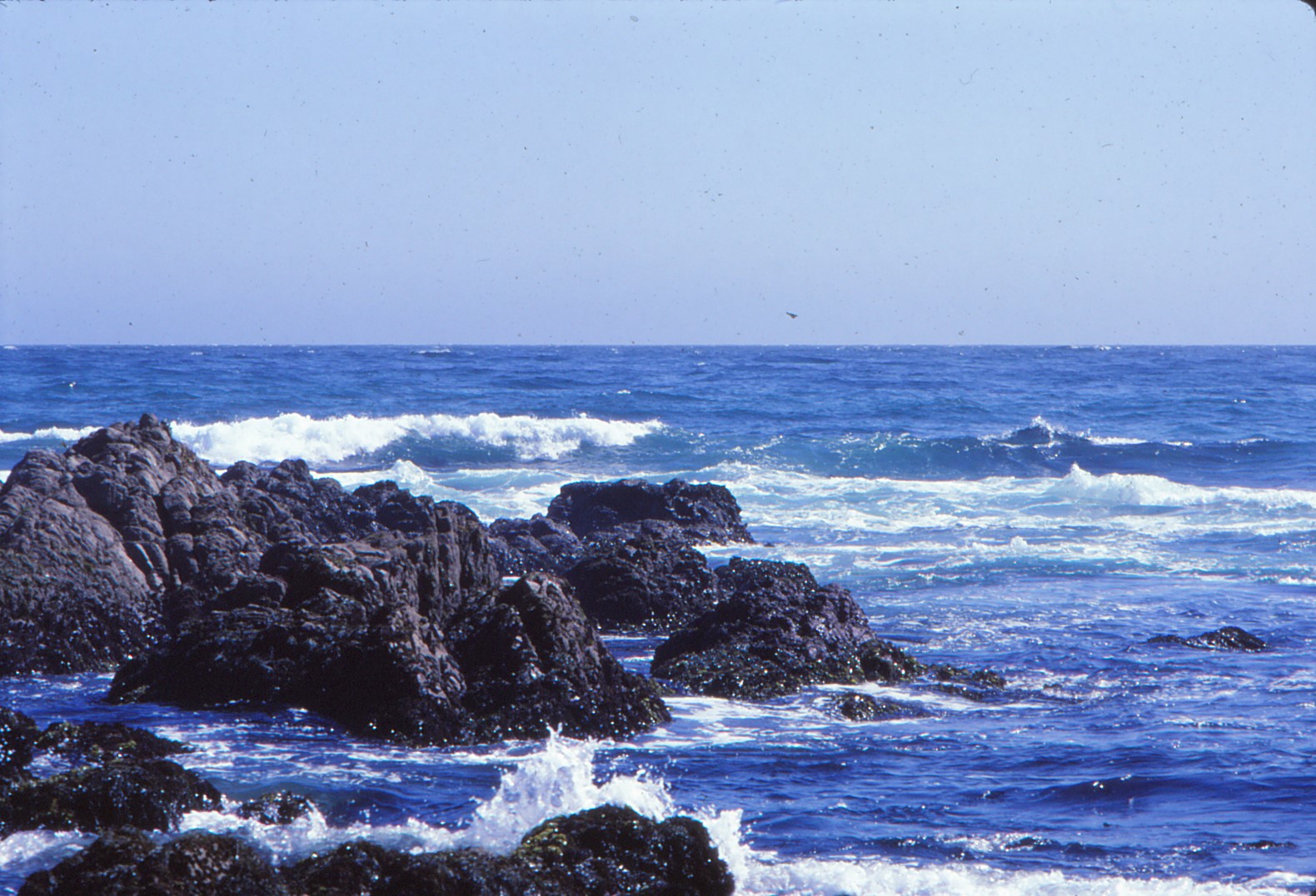Can we get rid of plastics - or is it really needed?Lauantai 20.1.2018 klo 13.08 - Mikko Nikinmaa When I was a child there was practically no plastic material. Fruit and other foods were placed in paper bags. Water was carried in metal buckets. Now everything is put is plastics - all the clothes are in plastic covers, candies are first in plastic bags and then in individual plastic covers. It can actually be said that we have moved from iron age to plastic age. Plastics are oil-based, cheap, light and durable materials. Further, they are good insulating material. Therefore, when I look around, covers of computers, printers, TVs, phones etc. are made of plastics. The same is true of wastewater pipes. For this reason, replacing plastics in manufacturing is very challenging. Or is it really needed? The real problem with plastic waste is the material that is thrown in the environment. That is the material generating the big marine garbage gyres. Most of their material is plastic waste thrown to the environment. It is funny that people picknicking in parks do not collect their plastic cups, plates and utensils and put them in garbage bins. If that were always done - all the plastic wastes placed in the collected carbage, there would not be any garbage gyres, and the sea and the coasts would be beautiful and trash-free. I have sometimes wondered if people, who throw the wastes around in the environment So what to do with the plastics? The first thing is that they have to be collected. Thereafter much could be recycled, used for new plastic products. Currently only a few percent of plastics are recycled largely because recycling containers are quite rare. If societies really want to solve the plastics pollution problem, the collection of plastics must be improved - the percentage of plastics that is recycled could easily be increased to over 50%. For the rest, energy use is probably the best. Since plastics are made of oil, burning them for heat production of towns instead of oil, which continues to be used for a long period of time, would be advisable. Instead of burning oil, one could first carry shoppings home in a plastic bag, thereafter use the bag in collecting trash, whereafter it would be burned. Since the same material would be used for several times, the carbon dioxide footprint of the bag would become smaller. This is more or less the same as instead of using wood to produce energy, it is used to produce paper for a newspaper which is afterwards burned in a fireplace. If plastics were either recycled or burned for energy production, most of plastic pollution would disappear. The remaining problem would be microplastics. Much of it, which is caused by the slow breakdown of big plastic materials to microplastics as a result of mechanic tear, solar radiation and oxygen, would disappear with the collection of plastics. The remaining sources are plastic microbeads of cleaning liquids, tooth pastes and cosmetics, the small fibres given up whe washing clothing containing synthetic materials, and the dust from tyres, paved roads, artificial turfs etc. The first of these could be avoided already today, since there are more and more products, which do not contain plastic microbeads. The choice is the consumer's: he/she only needs to read the contents or ask the shop assistant, and buy products without plastic beads - if products with plastic beads were left unsold, the manufacturer would soon change their contents.The fibres from washing clothes containing synthetic materials is a more difficult problem, as most pieces of clothing have some synthetic fibres. Fleece clothing has recently gained a lot of attention, but actually most shirts, trousers, Goretex clothing, other outdoor apparel etc. contain synthetic material, and are thus a source of microplastics. The problem with replacing clothing with synthetic materials by cotton actually causes as big environmental (and social) problems as it solves. Water and pesticide use of cotton production is unacceptable. Further, the use of child labour in different stages of making cotton clothing is also unacceptable. The third major source of microplastics: the tear of tyres, dust from roads, and dust from artificial turfs is probably quantitatively the most important. There are no easy ways to decrease the amount released from traffic, unless people give up cars, and use rail traffic instead. Thus, I think that the use of plastics can continue, if measures are taken not to allow the release of plastics to the environment. For a large part this can already be done, but requires actions both from the consumers and the society. |
|
Avainsanat: garbage gyres, microplastics, climate change, energy production, marine pollution |

 do that also in their homes.
do that also in their homes.